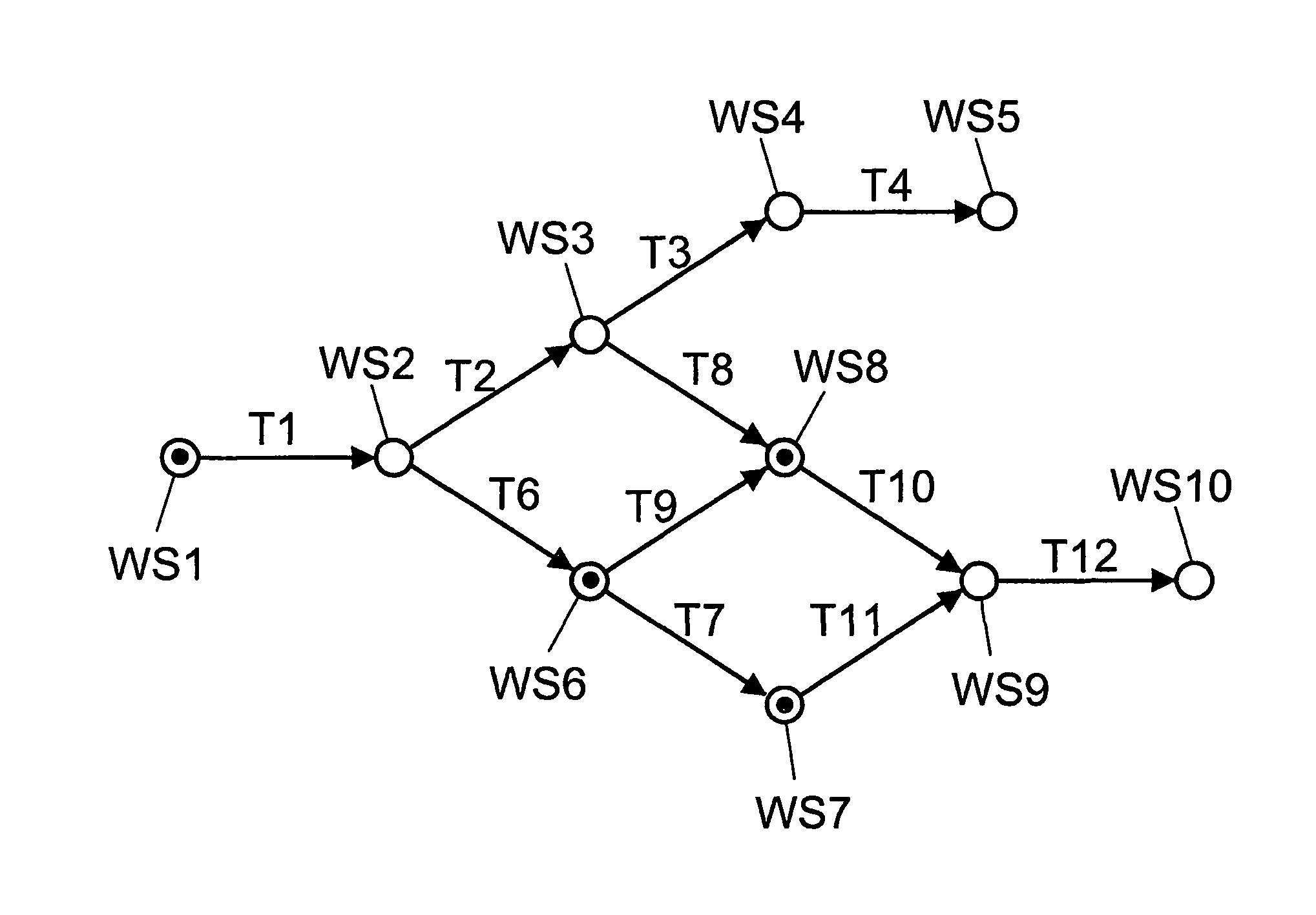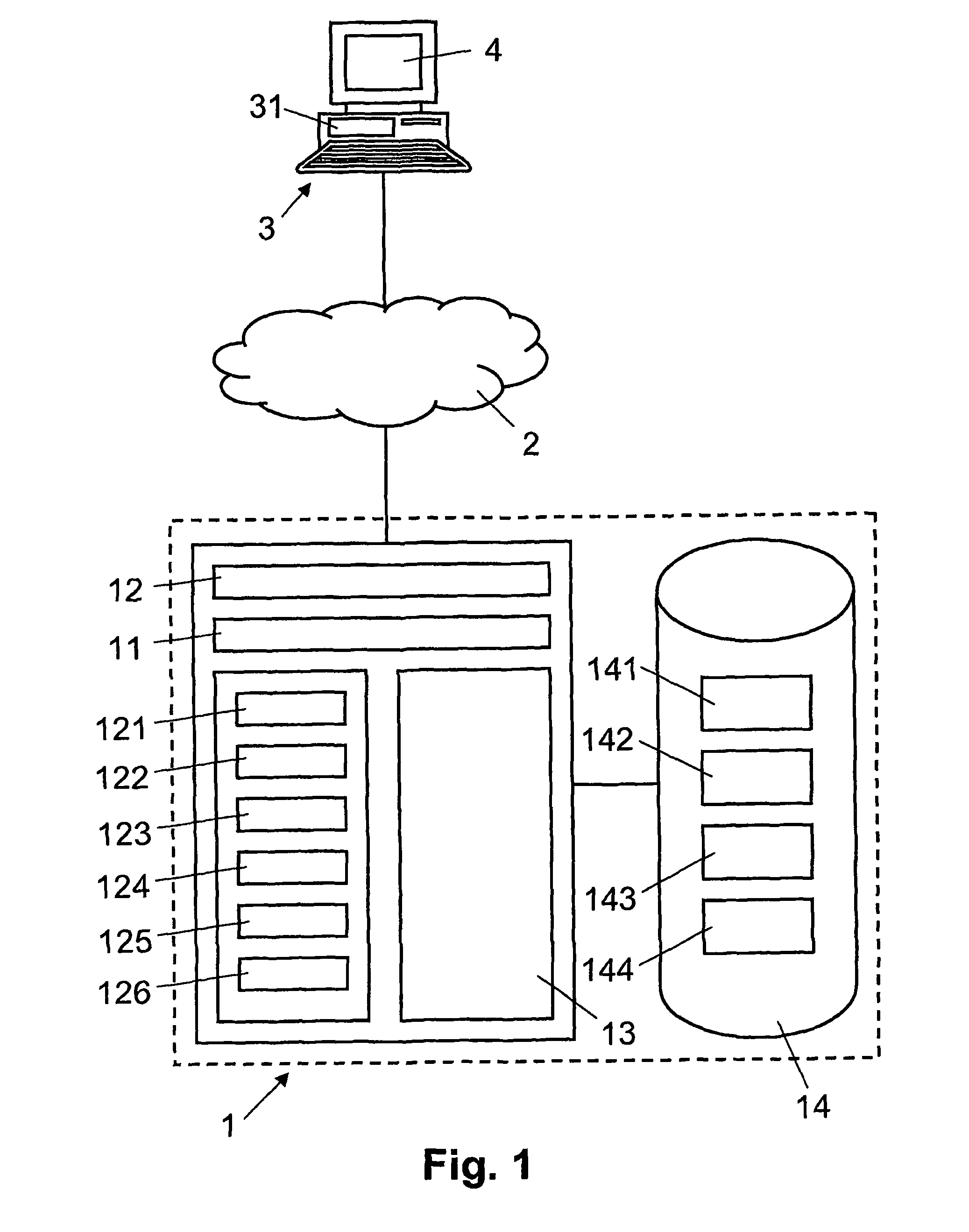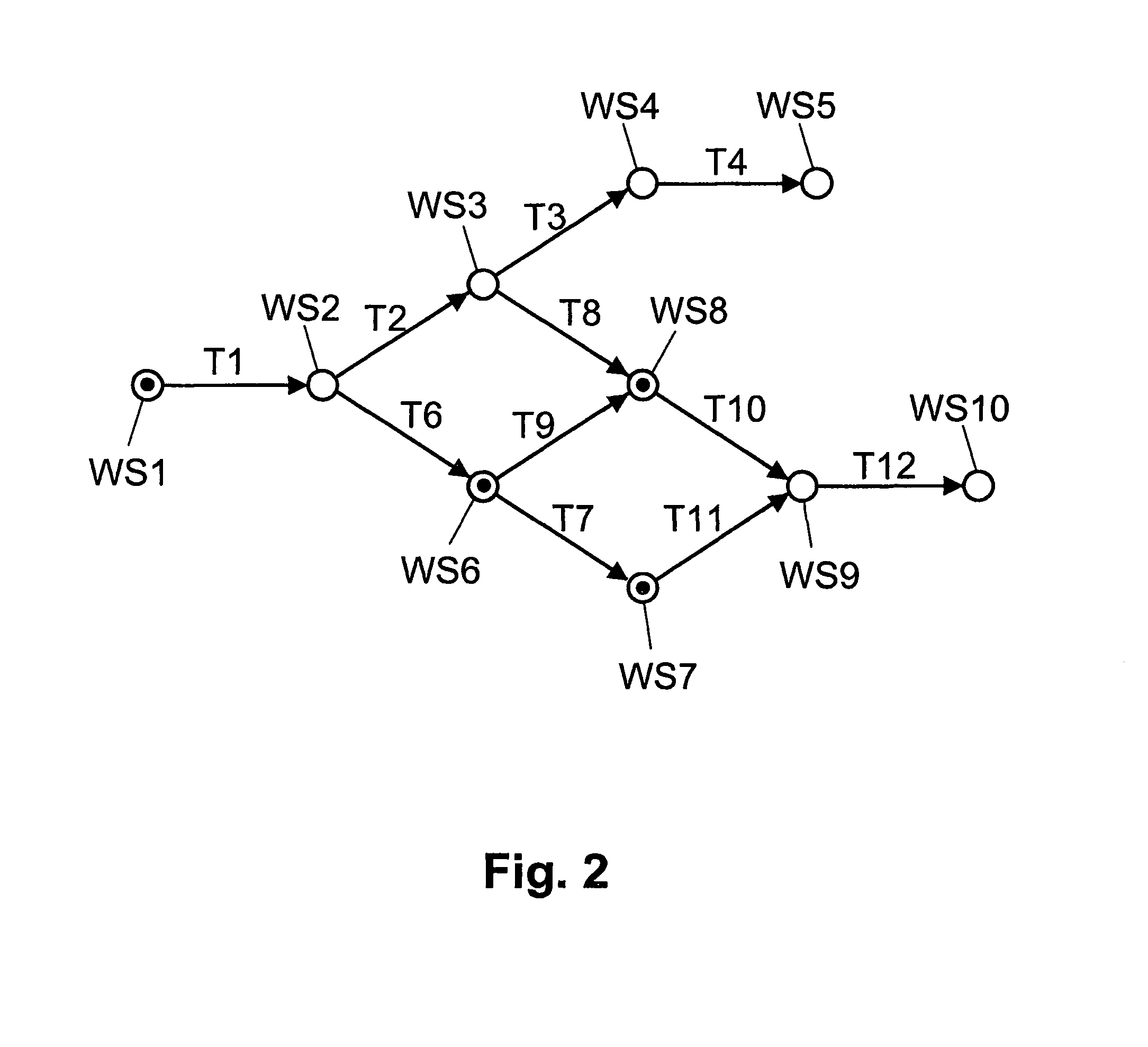Computer-based data processing system and method of processing data objects
a computer-based data and data object technology, applied in the field of computer-based data object processing system and computer-based method of processing data object, can solve the problems of limited processing of conventional systems, inability to perform inappropriate actions and/or wrong actions, and inability to meet the needs of data processing, etc., to achieve convenient access, efficient and consistent
- Summary
- Abstract
- Description
- Claims
- Application Information
AI Technical Summary
Benefits of technology
Problems solved by technology
Method used
Image
Examples
Embodiment Construction
[0019]In FIG. 1, reference numeral 1 refers to a computer-based data processing system. The data processing system 1 includes one or more computers, for example networked server computers, comprising one or more processors. As is illustrated schematically, the data processing system 1 is connected to at least one user workstation 3 via a telecommunications network 2. The workstation 3 includes a personal computer, a laptop computer, or a mobile radio telephone or personal digital assistant, respectively, as well as a display 4. The reference numeral 12 refers to a communication module, configured for data communication with the workstation 3 via the telecommunications network 2. The telecommunications network 2 includes a fixed network and / or a wireless network. For example, the telecommunications network 2 includes a local area network (LAN), an integrated services digital network (ISDN), the Internet, a global system for mobile communication (GSM), a universal mobile telephone sys...
PUM
 Login to View More
Login to View More Abstract
Description
Claims
Application Information
 Login to View More
Login to View More - R&D
- Intellectual Property
- Life Sciences
- Materials
- Tech Scout
- Unparalleled Data Quality
- Higher Quality Content
- 60% Fewer Hallucinations
Browse by: Latest US Patents, China's latest patents, Technical Efficacy Thesaurus, Application Domain, Technology Topic, Popular Technical Reports.
© 2025 PatSnap. All rights reserved.Legal|Privacy policy|Modern Slavery Act Transparency Statement|Sitemap|About US| Contact US: help@patsnap.com



